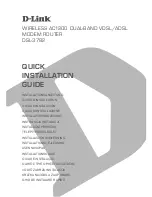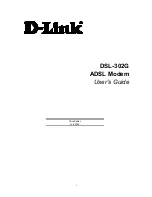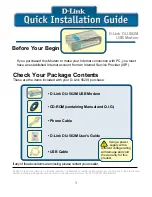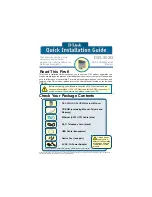
COMMAND RANGING & TELEMETRY UNIT CORTEX
Is.Rev.
Date:
© Safran Data Systems
This document is the property of
Safran Data Systems
.
It cannot be duplicated or distributed without expressed written consent.
Page 42
2.2.2.
TCP-IP Interfaces
All data (TM, TC, Ranging, Monitoring & Control, Logging, etc…) are exchanged between the Signal Processing
Software and the external world (Monitoring & Control Software, COP Software, Control Center clients, etc…)
over a single Ethernet port. The CORTEX CRT Quantum acts as a TCP-IP server for all types of data transfer.
Data are exchanged using the connected-sockets communication protocol.
Some data flows accept multiple clients at a time (monitoring, logging, telemetry, Doppler and spectrum analysis
data), while other flows accept only one client at a time (equipment configuration and reset, satellite
telecommanding).
Each type of transfer flow is allocated a specific port number which the clients use for connecting themselves to
each « service ». Port numbers are listed below (including TCP-IP ports on the optional COP Software package):
Data Flow
Port Number
Maximum Number of
Connections
CORTEX Monitoring Data (MON)
3000
8
CORTEX Control Data (CTRL)
3001
1
CORTEX Reset (RST)
3002
1
Satellite Telecommand Data (TC)
3020
1
Simulated Data # 1 (SIM-1)
3021
1
Simulated Data # 2 (SIM-2)
3022
1
Ranging Data (RNG)
3034
1
Ranging Data (MEAS)
3035
5
Logging Data (LOG)
3040
5
Spectrum Analysis Data (SPA)
3050
4 (total for all IFRs)
Vector Analysis data (VEC) (see Note 1)
3055
8 (total for all TMUs)
Doppler or Analysis Data (DOP)
3060
8 (total for all IFRs)
Doppler Compensation port (DOPC)
3065
1
Telemetry Data (TM)
3070
24 (total for all TM
channels)
COP Monitoring Data (COP-MON)
3100
4
COP Control Data (COP-CTRL)
3101
1
COP Satellite Telecommand Data (COP-
TC)
3120
4
Table 2: Ethernet Ports Addresses
Note 1
: “Vector Analysis Data” port available only for SPS 5.30 and higher
A detailed description of this interface (excluding COP ports) is available in Annex 1. The COP software Ethernet
interface is described in RD6.
















































